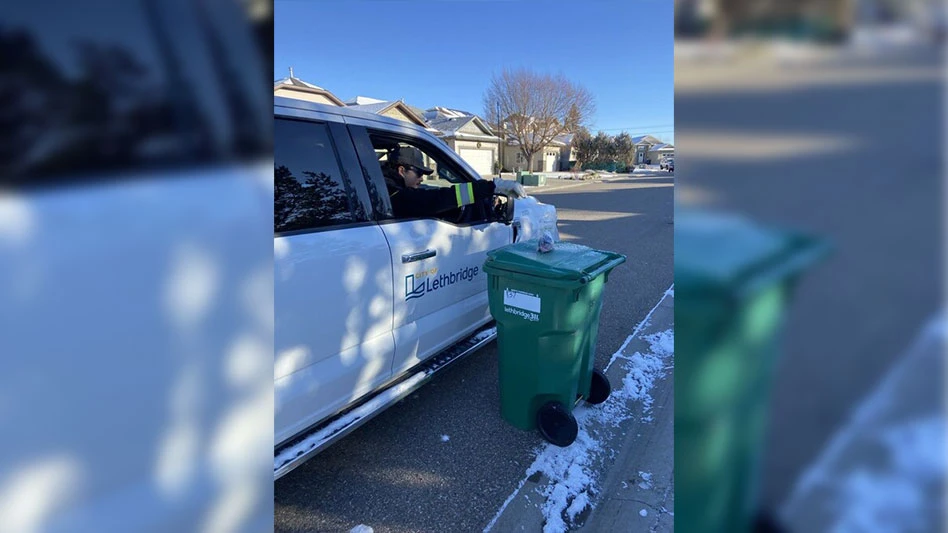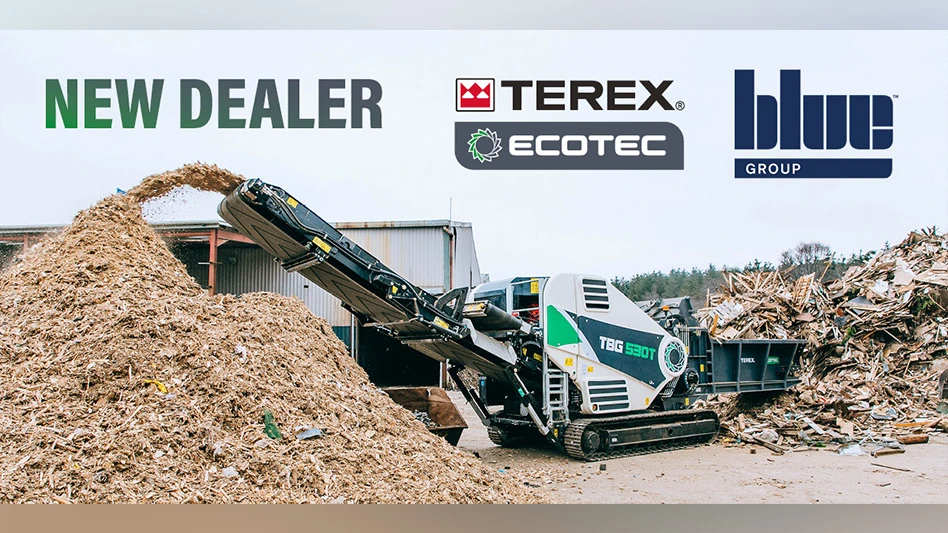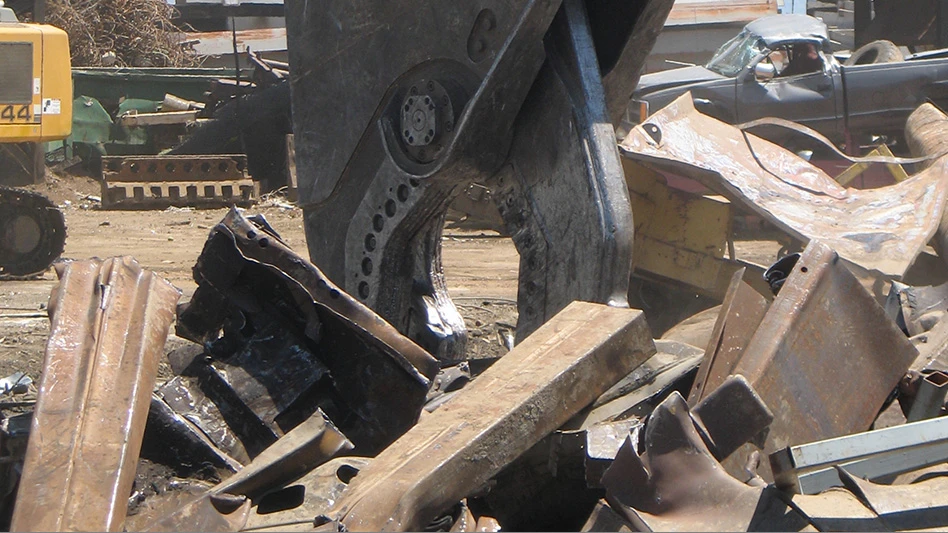
As technology advances, so do the chemistries powering our batteries. From nickel-cadmium to lithium-ion to sodium-ion, advancements in battery materials and design are necessary to improve performance and address challenges. Each chemistry has implications for aggregators and recyclers, requiring specialized processes for material recovery at the end of a battery's life.
During the Evolution of Battery Chemistries session, June 10 from 1-2 p.m. CT at the Battery and Critical Metals Recycling Conference (June 9-10 in Nashville, Tennessee), Beatrice Browning, senior analyst of recycling at Benchmark Mineral Intelligence, and Mykela DeLuca, product manager and data scientist at Micantis, Inc., will share how battery chemistries have changed over time and what the future holds for battery innovation.
Ahead of the event, Recycling Today sat down with Browning and DeLuca to discuss some of the major battery chemistries and how they should be handled, the recyclability of these chemistries, how chemistries are changing and more.
Recycling Today (RT): Can you explain the key differences between some of the major chemistries and how they should be handled at end-of-life?
Mykela DeLuca (MD): Lithium-ion chemistries still dominate the landscape, but there are key differences in how each material should be handled. NMC [lithium nickel manganese cobalt oxide], NCA [lithium nickel cobalt aluminum oxide] and LCO [lithium cobalt oxide] chemistries contain high-value metals (e.g., nickel and cobalt), making them attractive for recycling via pyrometallurgical or hydrometallurgical processes.
Newer chemistries like LFP [lithium cobalt oxide] have a lower material value, so recycling is less economically viable and may require different approaches, such as direct recycling or target lithium recovery. Safety remains a key consideration for all lithium-ion batteries, although chemistries such as LFP or LMFP [lithium iron manganese phosphate] are less prone to thermal runaway, making them safer to handle compared to NMC or LCO.
RT: From a recycling perspective, which chemistries are the most challenging to deal with and why?
Beatrice Browning (BB): The most common method for lithium-ion battery recycling involves mechanical pretreatment to produce black mass, followed by hydrometallurgical processing, which generally involves adding the black mass to acid and extracting the constituent metals.
In chemistries where there are “higher-value” metals, such as NCM chemistries, lithium, nickel, cobalt and manganese are extractable and can even be co-precipitated to produce pCAM [precursor cathode active material], which can be fed into cathode production. LFP cathodes provide challenges to recyclers because this material is very cheap to manufacture, and the only metal of value is lithium, which makes the economics of the extraction more challenging for recycling companies. What's more, LFP and NCM scrap feeds cannot be leached together due to their intrinsic chemical differences, which means different hydrometallurgical feeds must be used for LFP and NCM recycling.
RT: Battery chemistries are continuing to evolve. How would you describe where we are today compared with five years ago?
MD: Over the past five years, battery chemistries have rapidly diversified. The price of lithium-ion batteries has dramatically decreased because of advances in material design, manufacturing and supply chain efficiency. The industry has shifted away from cobalt-rich chemistries to nickel-rich chemistries, offering higher energy density at lower cost.
At the same time, LFP has seen a major resurgence—particularly in China and increasingly in global markets—because of its low cost, long lifecycle and improved safety. Interest in sodium-ion and solid-state batteries is accelerating as original equipment manufacturers are looking to balance performance, cost and sustainability. The market is no longer dominated by a single “best” chemistry; instead, there is an increasingly diverse set of chemistries for different applications.
RT: What are some battery chemistry trends you’re currently tracking and why should they matter to recyclers and facility operators?
BB: Recent technological advancements in LFP batteries have led to a notable shift away from traditional nickel-based chemistries, such as mid and high nickel NCM, prompting significant changes within the global battery industry. Due to the low costs involved in manufacturing LFP, and the preferable energy storage capabilities, companies are expanding their production capacities in response to both domestic and international market trends.
For emerging chemistries, such as LMFP, there are concerns about their growth in the market due to the increased demand for LFP, combined with higher manganese price point and production costs, poorer cycle life and slow adoption within the electric vehicle sector. The expectation remains that previously announced LMFP production lines will be operated for LFP until LMFP demand begins to rise. Manufacturers who want to streamline costs as much as possible should be looking to have an effective recycling solution to ensure valuable materials can be recirculated back into their manufacturing process, and recycling companies will find an immediate source of feedstock by supporting manufacturers in doing so.
It is key for recycling companies to strategize accordingly to ensure recycling technologies are directed toward entering chemistries, as these will make up a significant portion of the scrap pool in upcoming years.
RT: Are there particular battery chemistries you expect to dominate the market in the next five to 10 years? If so, how can the waste and recycling industry prepare for the batteries they may receive?
BB: In upcoming years, the split of LFP, NCM mid and NCM high is expected to stay fairly consistent, with the emergence of LMFP also gradually increasing. Due to the similar chemical nature of LFP and LMFP, it will be key to find solutions for LFP recycling in order to tackle the immense waste that is incoming.
RT: What are some ways manufacturers can design with end-of-life in mind to support recyclability?
MD: Manufacturers can support recyclability by standardizing pack architecture, using removable fasteners and clearly labeling materials and chemistry. Proactive collaboration between manufacturers and recyclers early in the design process is key to enabling a more circular economy.
RT: How does battery recycling in North America compare with other countries in terms of infrastructure, economics and chemistry mix?
BB: The vast majority of North American battery recycling infrastructure is for pretreatment, with almost all facilities with pretreatment capabilities using mechanical processes. There are a handful of integrated/hydrometallurgical refiners with a few alternative refining methods, such as electrochemical and chromatography. This is similar to Europe, where pretreatment capacity is most prevalent.
The economics for building out recycling capacity are challenging across the globe due to raw material prices being so low. But this is even more apparent in North America and Europe where recyclers are in competition with Asian countries that have advanced infrastructure and low overhead costs, meaning they are able to bid to purchase black mass at a competitive price.
Regarding the North American chemistry mix, NCM high is by far the highest proportion of the scrap pool, with LFP and NCA contributing equally. NCM high will consistently be the most dominant until 2030, while LFP will significantly grow in market share and NCA will decrease. Though this is somewhat similar to Europe, the NCM high share is the most significant in North America as a portion of its scrap pool.
RT: What do you hope attendees take away from this session?
BB and MD: Our hope is that attendees gain new insights about current and next-generation materials and how a developing materials landscape will impact recyclability, safety and sustainability.
Latest from Recycling Today
- Phoenix Technologies closes Ohio rPET facility
- EPA selects 2 governments in Pennsylvania to receive recycling, waste grants
- NWRA Florida Chapter announces 2025 Legislative Champion Awards
- Goldman Sachs Research: Copper prices to decline in 2026
- Tomra opens London RVM showroom
- Ball Corp. makes European investment
- Harbor Logistics adds business development executive
- Emerald Packaging replaces more than 1M pounds of virgin plastic





